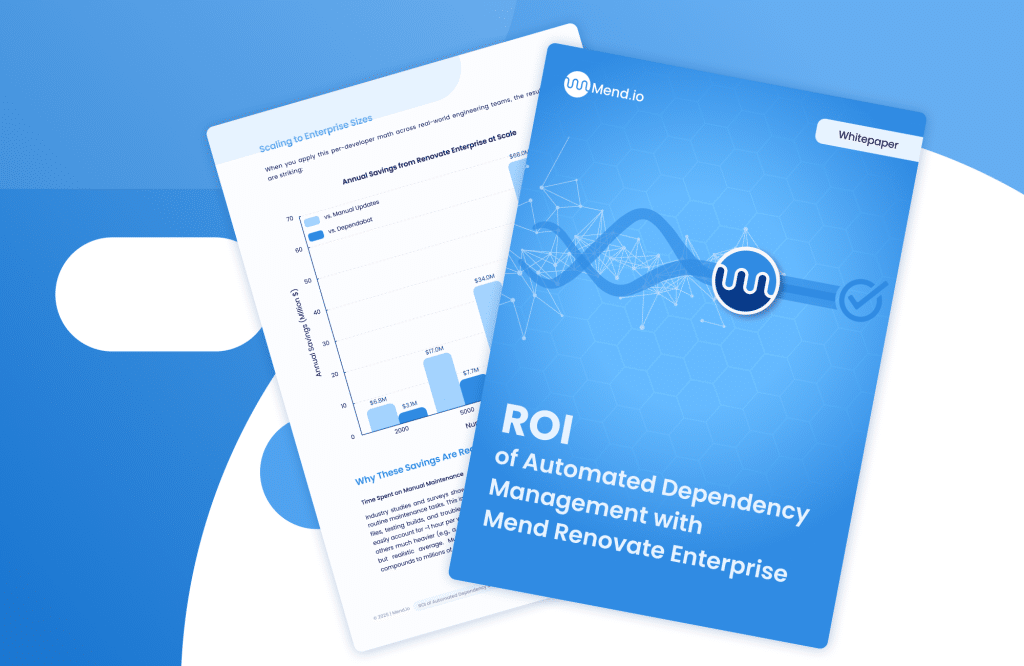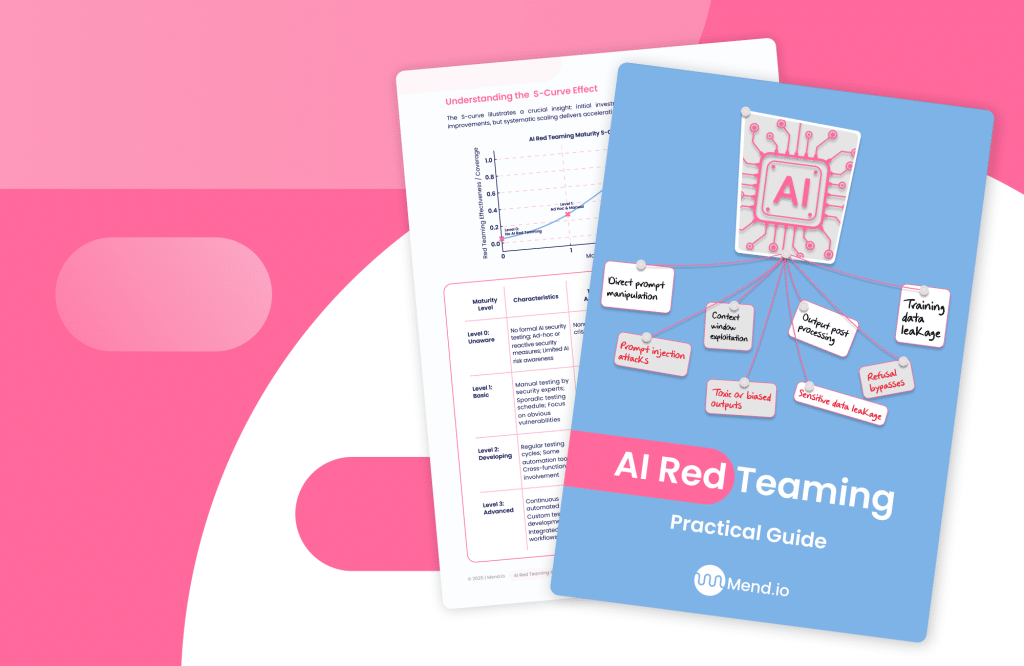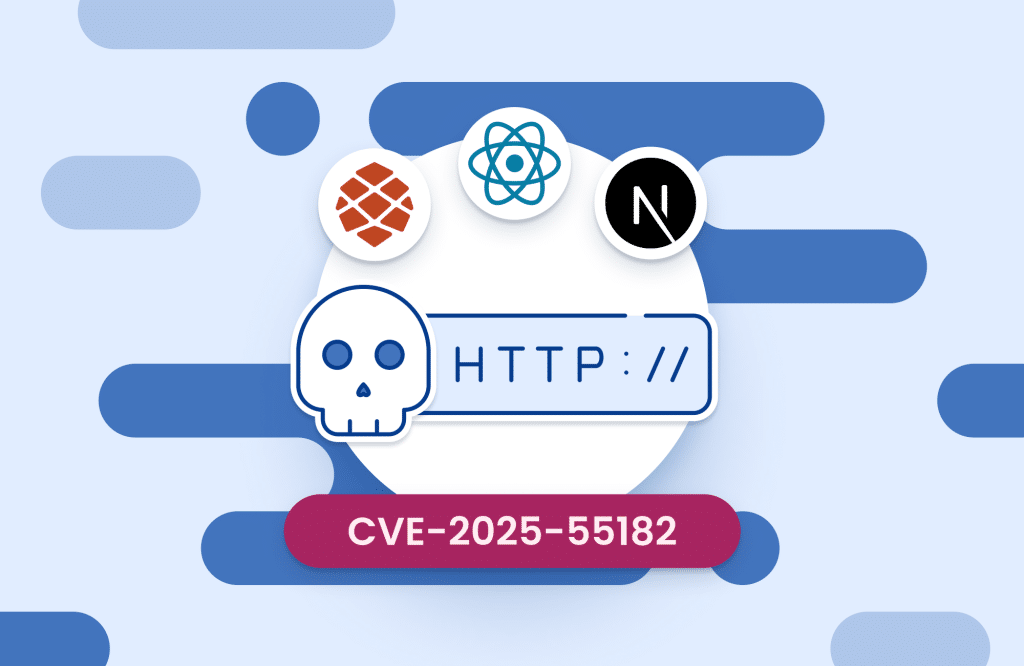Table of contents
SCA vs SBOM: Getting Started With Software Composition Analysis

If you’re using open source software, you’ve probably heard about both software composition analysis (SCA) and software bills of materials (SBOM). They’re often mentioned together, and while they share similar goals—visibility, compliance, and security—they operate at different levels. Understanding SCA vs SBOM is key to building a stronger open source management and security program.
Once you’ve chosen an SCA platform, such as Mend.io, the next step is implementing it effectively. Doing so requires more than just scanning code. It means defining goals, setting policies, and establishing collaboration across teams.
Here’s how to get started and why aligning SCA and SBOM processes will help you get the most value from your open source security investments.
This article is part of a series of articles about Software Composition Analysis.
1. Build a cross-functional team
Managing open source software is no longer a single-team task. Effective use of SCA tools requires input from developers, security teams, DevOps, and legal. Each has a unique role to play:
- Developers ensure vulnerabilities are identified and remediated early.
- Security and DevOps teams manage scanning policies and automation.
- Legal teams handle license compliance and risk acceptance.
- Management provides the buy-in and accountability needed for success.
Because SCA connects both security and compliance, it should be treated as an organizational initiative. Cross-functional alignment helps you set clear responsibilities and communicate policies across the software development life cycle (SDLC).
If you’re still building a business case for adoption, reviewing the core principles of SCA security can help reinforce the value for executive stakeholders.
2. Set goals beyond scanning
Running an SCA scan is just the beginning. The purpose of scanning is to act on the results—remediating vulnerabilities, resolving noncompliant licenses, and tracking trends over time.
Define success with measurable goals. For instance:
- Eliminate high-severity vulnerabilities in open source dependencies.
- Phase out restrictive licenses such as GPL v2.0 from production code.
- Maintain an SBOM that reflects real-time component usage across builds.
Setting clear objectives transforms SCA from a one-time task into a continuous improvement process. You’ll also be able to align reports and dashboards with your priorities, using inventory, license compatibility, and vulnerability analytics to monitor progress.
When organizations think about SCA vs SBOM, the distinction becomes clear here. SCA helps you find and fix issues in real time, while SBOMs serve as living inventories of your open source components for compliance and audit purposes. Together, they give both operational visibility and traceable documentation.
3. Understand the SCA data model
To integrate SCA scanning effectively, you need to understand how your tool structures data. For example, the Mend.io model is based on three levels:
- Organizations: Represent the top level, grouping products and projects under one umbrella.
- Products: Correspond to applications that share related components and risks.
- Projects: Represent the smallest units, typically tied to specific builds or modules.
This hierarchy supports both SCA and SBOM creation. Each scan provides data that can be rolled up into SBOMs, enabling clear visibility into component origins, versions, and dependencies.
You can also use frameworks such as OWASP dependency check to validate that your inventory remains accurate and up to date. These automated checks complement the visibility that SCA tools provide, ensuring that every change is tracked and that your SBOM reflects the real-world state of your codebase.
4. Create policies that scale
Automation is where SCA delivers its biggest return. Once you’ve established roles and goals, use policy enforcement to manage open source risk across the SDLC.
Policies can define acceptable licenses, set vulnerability severity thresholds, or trigger alerts when outdated components appear in builds. Advanced SCA solutions allow you to:
- Approve or reject components automatically.
- Initiate review or ticketing workflows for flagged issues.
- Apply different policies to development, staging, and production environments.
For example, a team might allow certain noncritical libraries in the testing phase but block them in production. By aligning your policies with development stages, you can balance flexibility early in the process with strict enforcement closer to release.
Automated policy enforcement helps ensure your SCA scan produces actionable insights, not just lists of vulnerabilities.
5. Start small and expand gradually
It’s tempting to begin by scanning your entire codebase, but that often leads to an overwhelming backlog of vulnerabilities. Start small with one project that you know well. Run a manual scan to understand how results are displayed and categorized.
Once you’re comfortable, integrate scanning into your build process and CI/CD pipelines. Use detect mode and begin automating scans with each commit or merge. Gradually expand to larger projects and production environments.
Modern software composition analysis tools make it easy to automate this scaling process. By embedding SCA checks directly into your pipelines, you can achieve continuous coverage without slowing development.
6. Connect SCA and SBOM workflows
An effective open source security strategy uses SCA and SBOM together. SCA identifies vulnerabilities and licensing risks as they emerge. SBOMs document all dependencies, providing transparency for compliance, customer assurance, and regulatory requirements.
In practice, SCA tools generate much of the data that feeds SBOMs. Each SCA scan builds an updated inventory of components, including metadata about licenses, versions, and vulnerabilities. That inventory becomes your SBOM foundation.
By maintaining both, you create a feedback loop:
- SCA scans detect risks in real time.
- SBOMs capture and track those components over time.
- Policy enforcement ensures compliance with internal and external standards.
This approach supports modern security frameworks like those defined in the U.S. Executive Order on Software Supply Chain Security, where maintaining SBOMs and active vulnerability management are both required.
7. Keep improving and automating
SCA adoption isn’t a one-time project—it’s an ongoing process of refinement. As you expand scanning coverage and automate remediation, revisit your policies and workflows.
Periodic reviews help ensure that your SCA implementation aligns with evolving development practices and that your SBOMs remain current. Over time, integrating SCA with DevOps processes like continuous integration and runtime monitoring builds a more resilient software supply chain.
If you’re still comparing platforms, reviewing leading software composition analysis tools and how they handle both SCA and SBOM generation can help you select one that grows with your needs.
Why SCA vs SBOM isn’t a competition
SCA and SBOMs serve different but complementary roles. SCA is the engine that detects, analyzes, and prioritizes open source risks. SBOM is the map that documents and communicates what’s inside your software.
When integrated, they provide full visibility from detection to documentation. That’s the foundation of modern open source security: continuous monitoring, automated policy enforcement, and transparent inventory management.
Organizations that master this connection can detect vulnerabilities faster, meet compliance requirements more easily, and demonstrate trustworthiness to customers and regulators alike.












